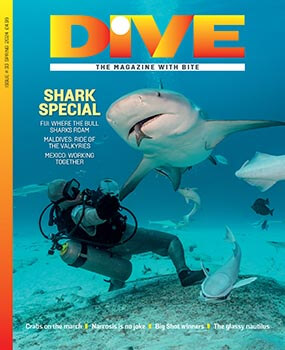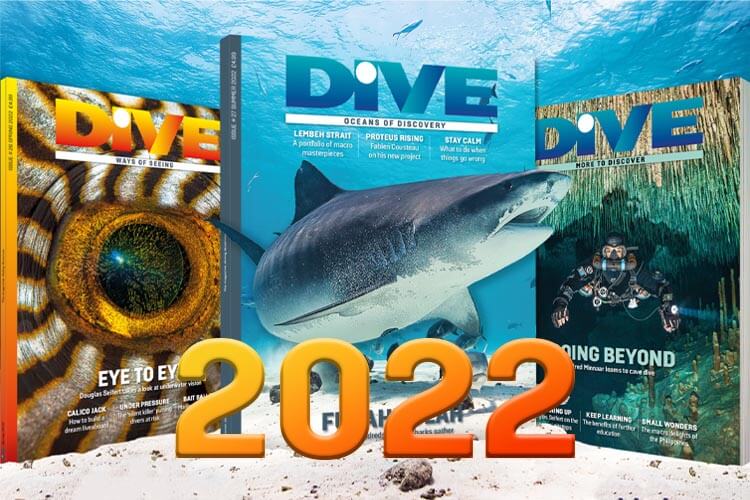
It’s been quite the year. 2022 saw the first year of proper diving after almost two years without travel, a global situation without precedent in our lifetimes – and one which, we hope, will never see again. The diving world has made some notable discoveries over the past 12 months; there have been huge gains in the drive for better marine conservation – although there is still a long way to go – and we have lost some of scuba diving’s most important pioneers. Here’s a round-up of just some of the stories from 2022.
January

DIVE’s 2022 started off with the launch of our spiffing new website, followed a couple of days later by the launch of the world’s first underwater military museum in Aqaba, Jordan. The largest ichthyosaur fossil ever discovered in the UK was announced a few days later, and we spoke to ocean conservation campaigner Sylvia Earle about her latest book Ocean: A Global Oddysey.
Towards the end of January, Earle’s Mission Blue Foundation named Mozambique’s Inhambane Seascape as a new Hope Spot, and we reported that the campaign to stop the shark fin trade across the European Union had exceeded the required number of signatures from member states.

Sadly, January saw the diving world mourn the loss of cave diving pioneer and IANTD founder, Tom Mount, who passed away at the age of 82.
February
February started off with more excellent news for sharks as Hawaii became the first US state to ban shark fishing in its waters, with violators facing fines of up to $10,000 if caught. Just a few days later, Iceland announced another leap forward for marine megafauna, suggesting that the country may finally put an end to whaling.

As the end of Covid pandemic travel restrictions slowly began to ease, the Philippines, Papua New Guinea and Jordan all reopened their borders to tourists, although it would be several months before travel really began to take off.
March
As the travel restrictions began to ease, a wide variety of dive kit that manufacturers had no doubt been waiting impatiently to announce came to market. Scubapro got in there early with its new S270 entry-level regulator having already been announced in February, and followed up with a new version of its Scubapro GO travel BCD at the beginning of March and a new model of its Level BCD a few weeks later.
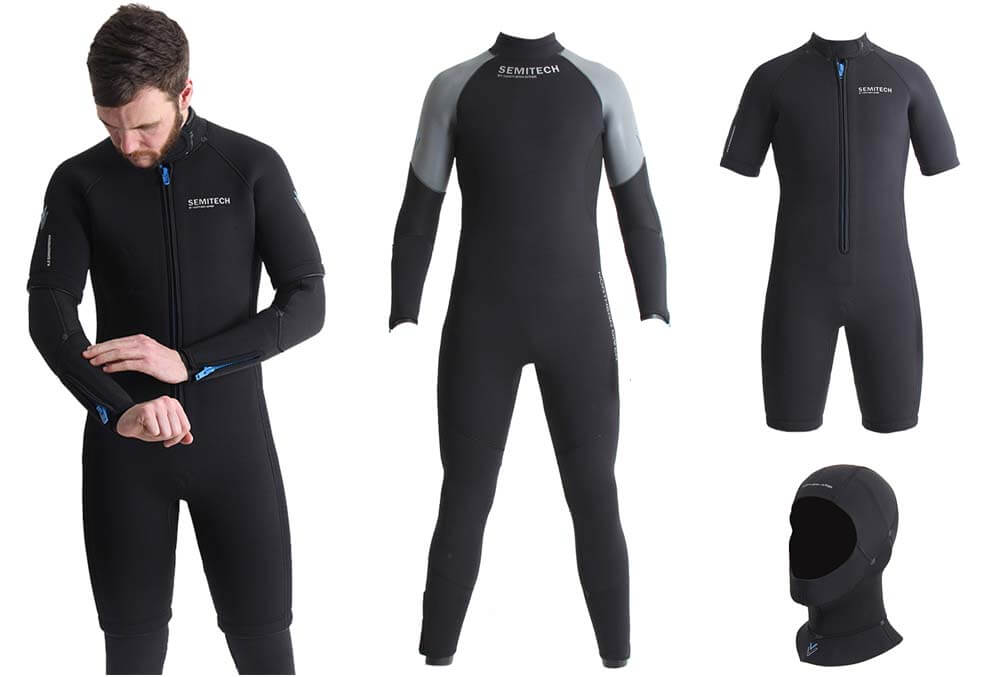
Other kit manufacturers quickly followed suit, including Northern Diver’s new Semi-Tech wetsuit, BARE’s 50th anniversary edition X-Mission Evolution drysuit; Fourth Element’s recycled Rec Fins, the new Garmin Descent G1 dive computer the Shearwater Teric Journey’s Edition and the new Sealife Sea Dragon 3000SF dual beam light for underwater photography and videography.
March also saw the discovery of Ernest Shackleton’s wreck Endurance, more than 107 years since it was lost to Antarctic pack ice. In wildlife news, basking sharks became protected in Ireland, Seychelles reported a recovery in the population of green turtles, and a new wrasse was identified by a Maldivian scientist.
April
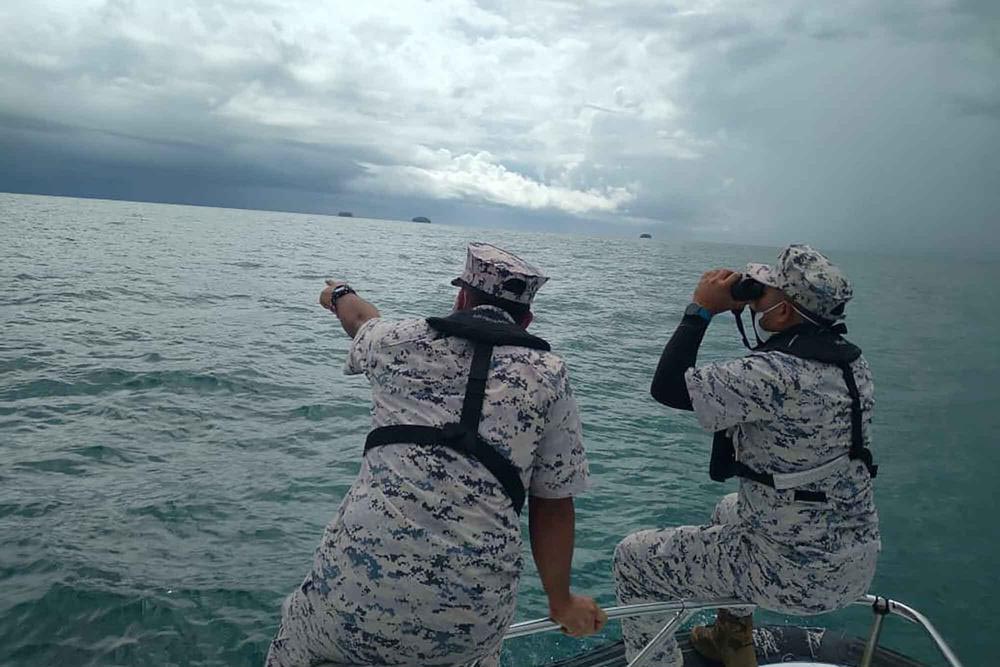
April began with the most tragic story of the year as four divers were lost at sea in Malaysia, and the diving world collectively held its breath waiting for news of a rescue. Although one of the divers, a Norwegian instructor, was found the next morning, the others drifted for three days before they were found in Indonesian waters. Tragically, the 14-year-old son of one of the divers died during the ordeal.
Having just reopened its borders to travellers, Egypt asked all visitors to register online prior to visiting before rescinding the order less than 24 hours later. A sinking Galápagos dive boat caused concern that it would lead to an extensive oil slick, and Malta’s most recent artificial wreck was unfortunately smashed up by storms.
May
Diving was temporarily suspended in Egypt’s Ras Mohammed National Park due to fears of a potential shark biting incident after livestock carcasses were spotted in the water with sharks – including at least one tiger shark – seen feeding on the dead animals.
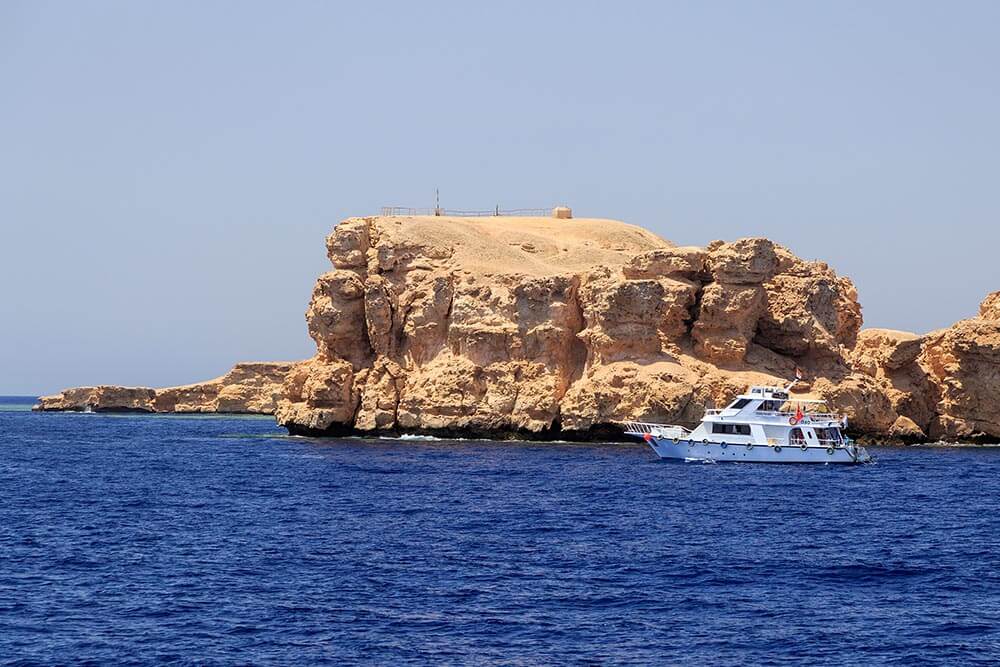
Also in May, scientists reported that the Great Barrier Reef suffered its fourth mass bleaching event in seven years, leading to concerns over its overall health, but in good environmental news, surveys reported that Komodo manta aggregations were among the largest in the world; huge jellyfish blooms brought several species of turtle to the UK’s shores, and the Shark Trust reported a ‘bumper result’ in its annual shark and ray egg case hunt.
June
In June, the world’s deepest wreck was discovered by Victor Vescovo in the Philippines. USS Samuel B Roberts sunk during the battle off Samar in October 1944 was found in the Philippine Sea not far from – but 426m deeper than – the previous record holder, USS Johnston.

The Marine Megafauna Foundation reported a fascinating study into how the behaviour of black and striped marlin allows the two species to succesfully coexist in the same waters; PADI AWARE launched its ‘Adopt the Blue‘ programme, and Shearwater announced updates to its iconic Perdix and Petrel dive computers
July
Following May’s concerns over shark behaviour in Ras Mohammed, beaches around Makadi Bay and Sahl Hashish, south of Hurghada, were closed following two fatal shark attacks.
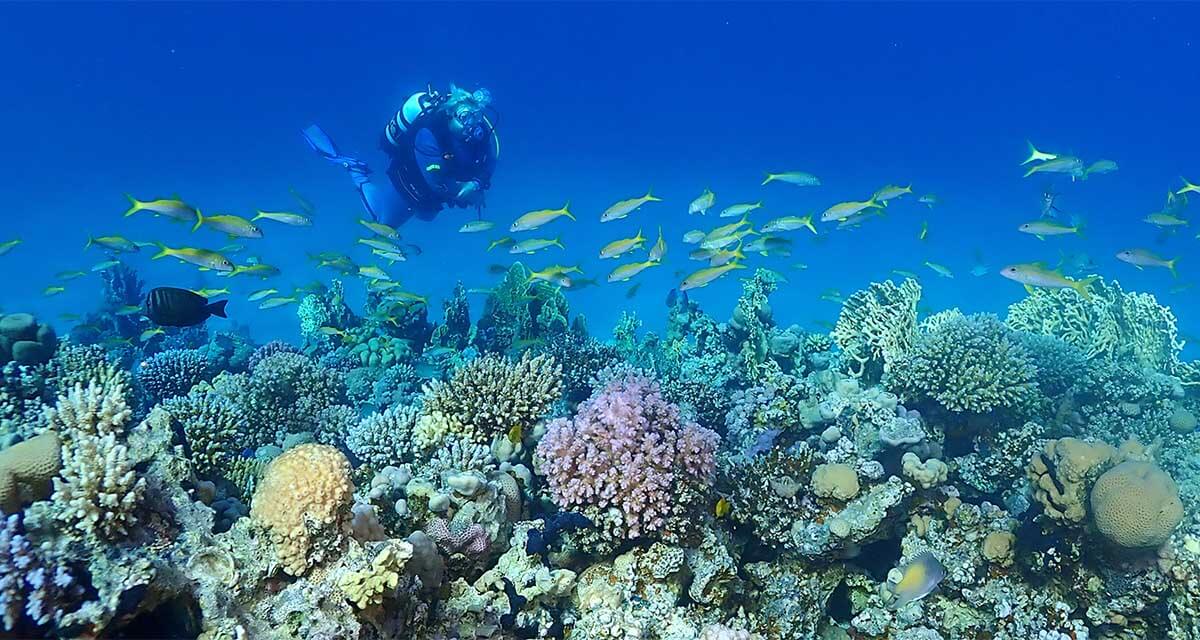
In conservation news, Green Fins extended its outreach to Japan, and there was a huge rise in the octopus populations around the UK’s southern coast. It also turned out that not only do manta rays like to hang out and socialise, but they are also actually quite picky about who they choose as friends!
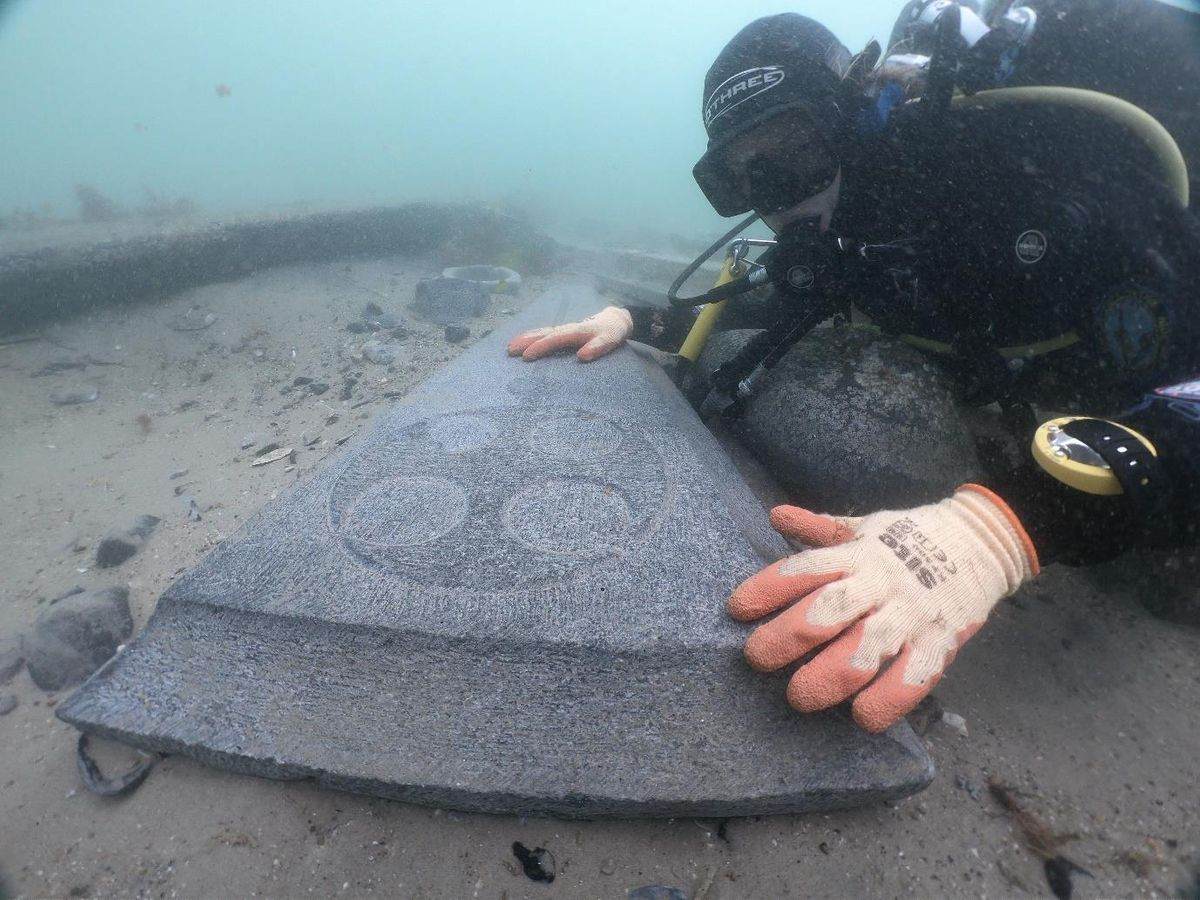
The big discovery of the month was that on an extremely rare 13th-century wreck in Poole Harbour, Dorset, UK, the oldest ever found in UK waters
August
There were a couple of notable wreck discoveries in August, also. The most important was the wreck of the USS Jacob Jones, the first destroyer-class battleship to be sunk by enemy action during WW1. A much older wreck was discovered at the beginning of August off the Greek island of Kythnos, although little information could be found about its heritage, other than it, too, was probably a warship, which appears to have been sunk by an explosion.

The Great Barrier Reef demonstrated a remarkable recovery following May’s mass bleaching event, with the Austalian Institute of Marine Science (AIMS) reporting the highest levels of coral cover across northern and central parts of the reef since 1985. Divers at Southeast Sulawesi’s Wakatobi dive resort also reported that the reefs were ‘better than ever’.

August also brought sad news of the passing of Dr Peter Bennett, the founder and former president of the Divers Alert Network, who died at the age of 91. Dr Bennett was also a founding member of what is now the Undersea & Hyperbaric Medical Society and is credited with the invention of trimix as a breathing gas; an extraordinary individual who did much for the world of diving that we now rely on today.
September
September saw the launch of the world’s most anticipated dive computer pairing as Oceanic teamed up with Apple to produce an app that will allow the Apple Watch Ultra and its latest iPhones as dive computers.
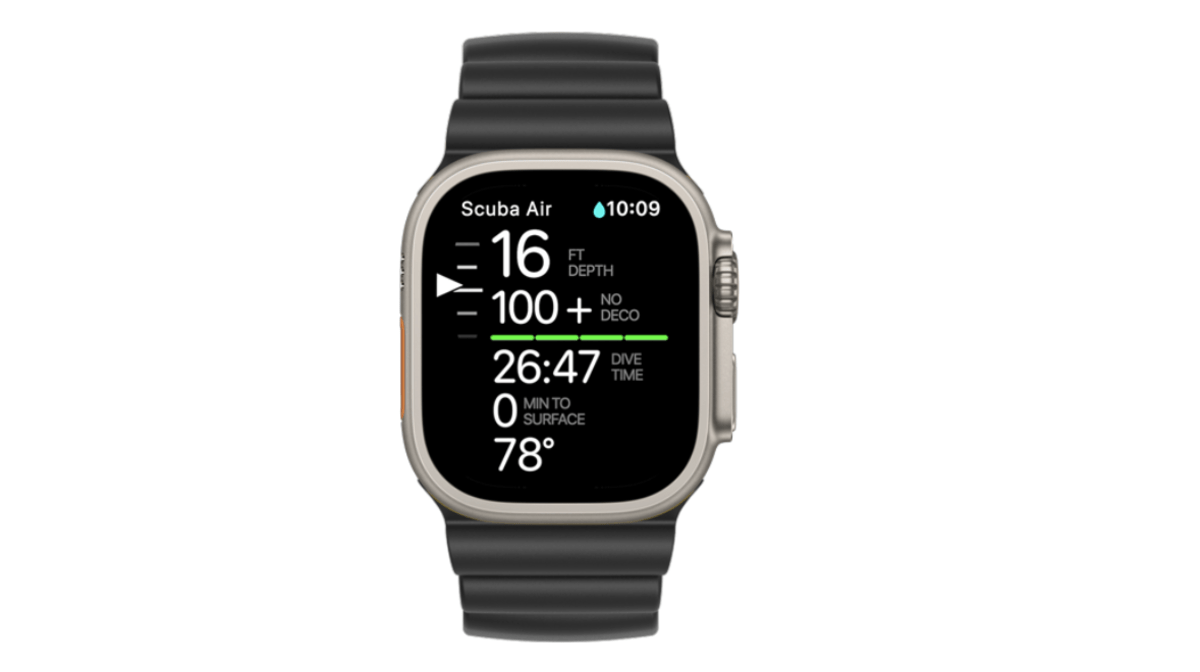
Divers discovered an 8,000-year-old skeleton in a Mexican cenote, in a cave system threatened by a new high-speed train track. A pair of rare megamouth sharks were spotted off the coast of San Diego, possibly the first time two have ever been spotted together, and increasing the number of (estimated) live sightings from 120 to 122.
Tragedy struck once again in September with the news that a British woman had died during a wreck dive in Albania.
October

Sad news to the start of the month of October as Deptherapy and Deptherapy Education, the scuba diving charity for the rehabilitation of wounded ex-service personnel, announced that it will be closing its doors for good in 2023; another victim of the pandemic.
While Green Fins continued to expand in Egypt and Curaçao, the Nekton Mission’s scientists reported that we have even more of the Ocean to protect, describing a previously unknown ecosystem in deep water surrounding the Maldives.

We also saw the first amazing footage of orcas predating great white sharks in South Africa.
In other news, media personality and Duke of Sussex, Prince Harry, visited an MMF project in Bazaruto, Mozambique, for a virtual tour of the underwater world.

November
In one of the most wonderful stories of the scuba diving year, it was reported that a diver who lost consciousness underwater while diving Catalina Island in California, was rescued by a group of real-life mermaids.
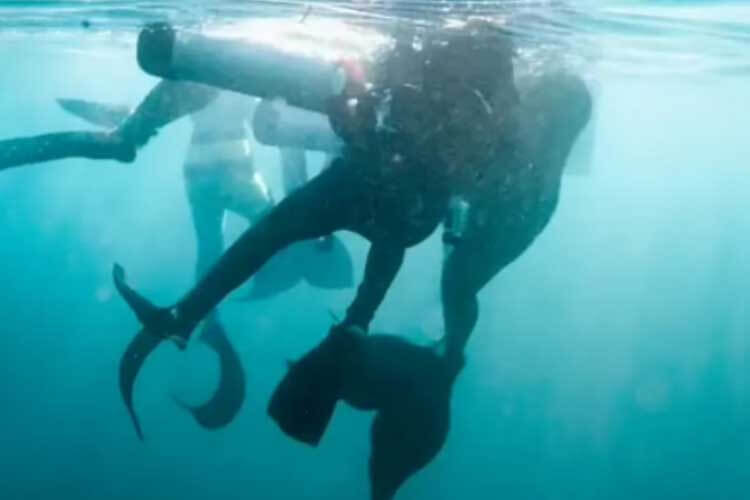
There was more great news for sharks as 60 more species of sharks and rays were afforded protection by the CITES convention on the trade of endangered species. Meanwhile, in The Bahamas, tiger sharks have been helping scientists map the world’s largest seagrass ecosystem.
Also in November, BSAC released its Annual Diving Incident Report for the first post-pandemic diving year, and there was sad news of the demise of Danish action camera manufacturer, Paralenz, as it filed for bankruptcy.
December
Divers in Malta expressed ‘great concern’ early in December over a court ruling that a diver would be sentenced for involuntary homicide following the death of his dive buddy, whom he had tried to assist with multiple issues during an incident-filled dive, with some suggesting it could severely impact the country’s tourism industry.
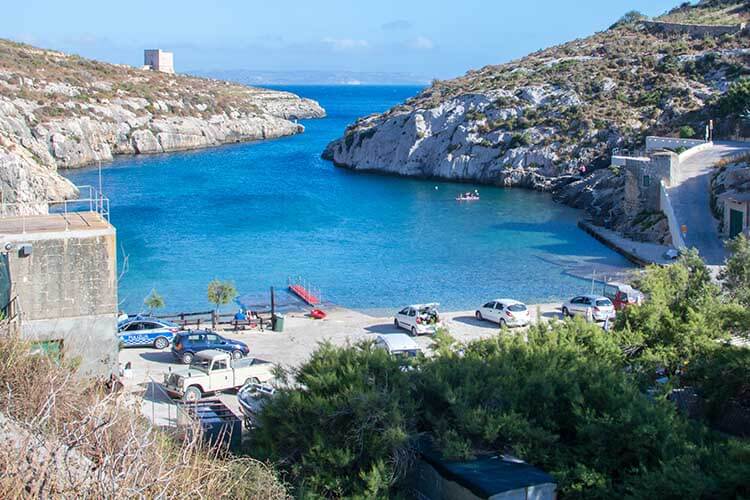
In other legal matters, the Marine Conservation Society announced it would be taking legal action against the UK government for its failure to reduce the level of sewage being pumped into the UK’s waters. There was some better environmental news, however, in the revelation that a bottom-trawling ban has led to a massive decrease in fishing in 4 of the UK’s MPAs – although much more needs to be done.
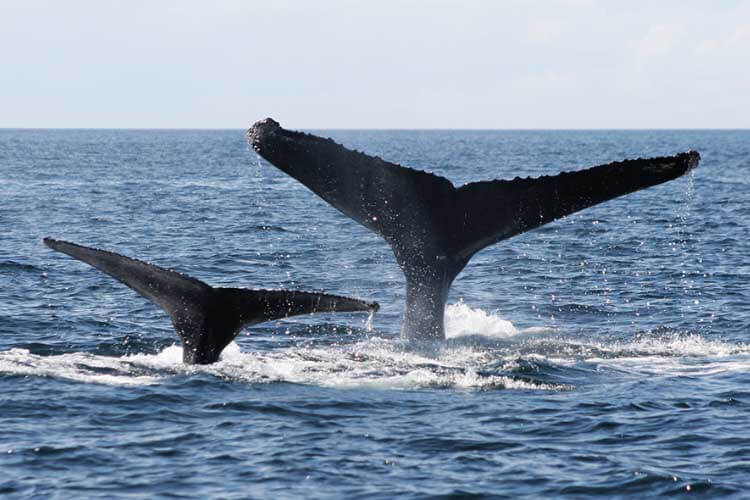
In positive news, however, scientists have reported that we might be in for a bumper year for humpback whale sightings in the UK, and the Ocean Film Festival virtual tour will be coming to a sofa near you in January.


